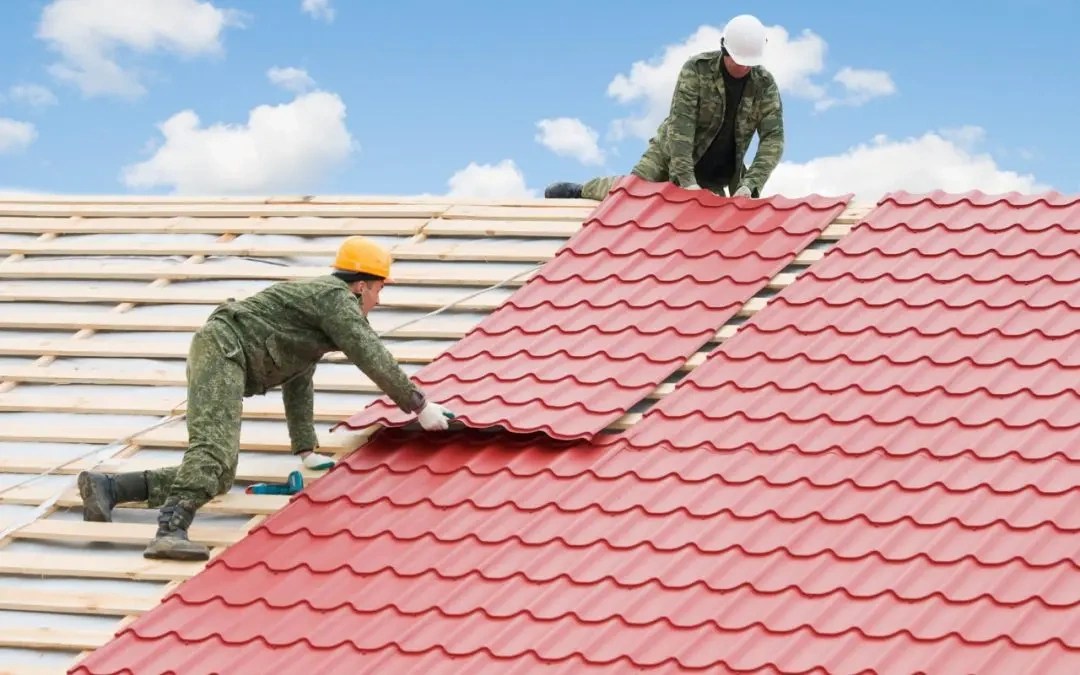Artists often prioritize bringing their creative visions to life but may overlook a crucial aspect of their workspace: electrical safety. Art studios, with their mix of equipment, materials, and creative energy, can harbor electrical hazards. Overloaded outlets, frayed cords, and poorly installed lighting systems pose serious risks to artists and their studios. By recognizing these dangers, we can create a safe environment that fosters productivity and allows us to focus on our art.
Key Takeaways
- Implementing electrical safety measures prevents studio fires, equipment damage, and catastrophic outcomes, ensuring a safe environment for artists and staff.
- Well-designed studio layouts with strategically placed outlets and switches reduce electrical hazards, creating a secure space for artists to focus on their craft.
• Integrating safety protocols into daily operations guarantees a secure working environment, mitigating risks and promoting a safe and productive creative space. - Electrical safety measures safeguard lives and property by mitigating risks of shocks, fires, and fatalities, ensuring a healthy work environment.
- Regular training on safety measures and identifying potential hazards establish clear procedures, empowering artists and staff to work safely and efficiently.
Electrical Hazards in Art Studios
Several electrical hazards lurk in art studios, posing a significant threat to artists, their work, and the studio itself. Overloaded outlets, frayed cords, and improperly installed lighting systems can spark fires or cause electrical shocks. The importance of electrical safety cannot be overstated, as it is essential to preventing accidents and ensuring a safe working environment.
The Devastating Consequences of Neglect
Unattended electrical hazards can culminate in catastrophic consequences, including studio fires, equipment damage, and even loss of life. Neglecting electrical safety measures can lead to irreversible damage, financial losses, and emotional trauma. The importance of electrical safety cannot be overstated, as it directly impacts the well-being of artists, staff, and the studio itself.
Importance of Electrical Safety Measures
Electrical safety measures play a pivotal role in mitigating the risks associated with electrical hazards, thereby ensuring a safe and healthy work environment for artists, staff, and visitors in the studio. The importance of electrical safety measures cannot be overstated, as they prevent electrical shocks, fires, and fatalities, consequently safeguarding lives and property.
Safeguarding Your Creative Space Effectively
A well-designed art studio layout, incorporating strategically placed outlets, switches, and cord management systems, is essential for maintaining a safe and efficient creative space. By optimizing your studio’s electrical setup, you can reduce the risk of electrical hazards, ensuring a secure environment for artists to focus on their craft. This highlights the importance of electrical safety measures in safeguarding your art studio.
Implementing Safety Protocols Successfully
By integrating safety protocols into daily studio operations, artists can further mitigate the risk of electrical hazards and guarantee a secure working environment. Successful implementation involves identifying potential hazards, establishing clear procedures, and providing regular training for all studio members. This proactive approach underscores the importance of electrical safety, ensuring a safe and productive creative space.
Frequently Asked Questions
What Are the Most Common Electrical Hazards in an Art Studio Setting?
In art studios, common electrical hazards include overloaded outlets, frayed cords, and improperly used extension cords, which can lead to electrical shocks, fires, and equipment damage, posing significant risks to artists and their creative spaces.
Can I Reuse Damaged or Frayed Cords and Cables in My Studio?
No, reusing damaged or frayed cords and cables is strongly discouraged as it poses a significant risk of electrical shock, fire, and equipment damage, emphasizing the importance of electrical safety in maintaining a secure work environment.
How Often Should I Inspect My Studio’s Electrical Systems and Devices?
Regular inspections of electrical systems and devices are vital to guarantee safety and prevent hazards. It is recommended to inspect them monthly, looking for signs of wear, damage, or overheating, and perform thorough maintenance every 6-12 months.
Are Extension Cords a Safe and Reliable Long-Term Solution for Power Needs?
Extension cords are not a safe and reliable long-term solution for power needs, as they can overheat, cause fires, and lead to electrical shocks, posing significant risks to people and property.
Can I Perform Electrical Repairs and Maintenance on My Own in My Studio?
As a general rule, it is not recommended for artists to perform electrical repairs and maintenance on their own, as it can lead to electrical shock, fires, and other hazards, and should be left to licensed electricians with the necessary expertise.
Conclusion
Electrical safety measures are essential in art studios to mitigate the risk of fires, shocks, and equipment damage. By implementing effective safety protocols, studios can prevent accidents, protect lives, and maintain a safe and productive creative environment. A well-designed layout, cord management systems, and regular maintenance are crucial in reducing electrical hazards. Adherence to safety standards and regular inspections can guarantee a secure workspace, enabling artists to focus on their creative endeavors without compromising their safety.
You May Also Like To Read:





